Nintendo Switch games: The dream lineup we're crossing our fingers for
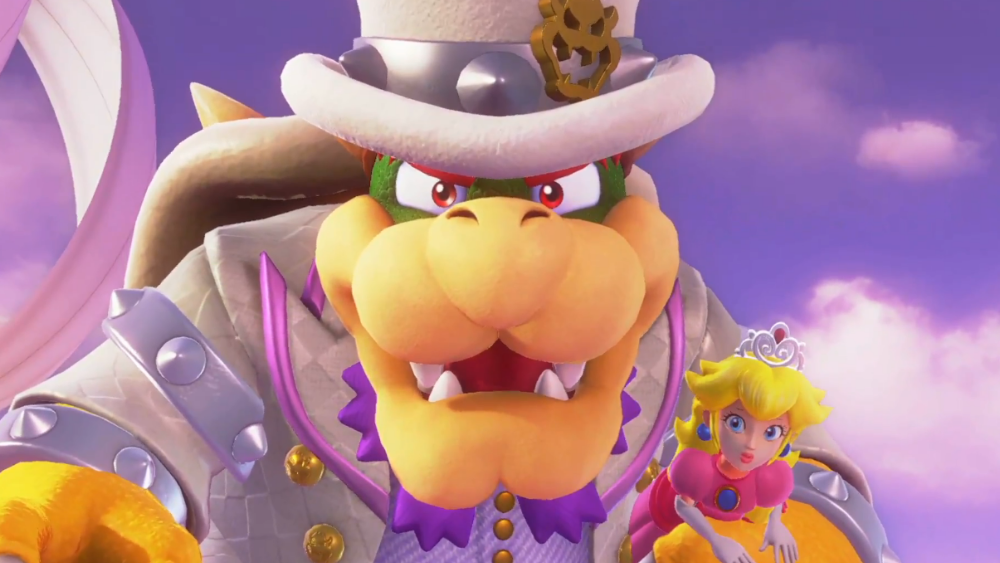
Despite the high-pitched, keening hype around the launch of the Nintendo Switch in March, a more measured analysis reveals one pretty glaring flaw. With the exception of one notable heavy hitter (namely The Legend of Zelda: Breath of the Wild) the current launch line-up looks extremely slim, especially in light of Nicalis recently announcing that The Binding of Isaac: Afterbirth+ won’t make the March 3rd deadline. While there are a handful of strong titles to anticipate down the road, even a survey of the Switch’s first year doesn’t look especially dense with high quality releases.
That said, there’s still plenty of time for Nintendo to drop announcements about the Switch’s future. So what does Nintendo’s newest baby need to leave the Wii U’s tarnished legacy behind? Which titles will elevate it from “wait and see” to “must have” status? So glad you asked, dear reader!
The first-party tentpoles
Let’s be upfront about something: no one buys a Nintendo console for its robust third-party support. Nintendo has a long and storied history of shipping underpowered platforms with some unusual twist that are buoyed by the fact that they’re the only place to play Nintendo’s first-party titles, long after their core gimmick has faded. You’d be a fool to expect anything different from the Switch, especially after Nintendo’s big reveal stream revealed just how much they’d decided to refocus on motion controls. Being a hybrid between a handheld and a proper television console might sell some units early, but it’ll be the success or failure of big first-party exclusives that cement the Switch’s legacy.
Super Mario Odyssey is a great start, but it’s just that, a start. Here are some of the follow-ups Nintendo needs to deliver to ensure the Switch has a long tail.
Metroid

It’s been long enough; it’s time for a comprehensive reboot of the Metroid franchise. After last year’s poorly received Metroid Prime: Federation Force, fans need a palate cleanser. Calling the game simply Metroid signals a new commitment to a game that should be one of Nintendo’s core pillars, but has been sorely neglected. A proper 2D side-scrolling Metroid that capitalizes on decades of nostalgia but also takes advantage of modern hardware and design could not only sell Switches but finally reclaim the “Metroidvania” genre for Nintendo, its rightful owner.
Star Fox Galaxy
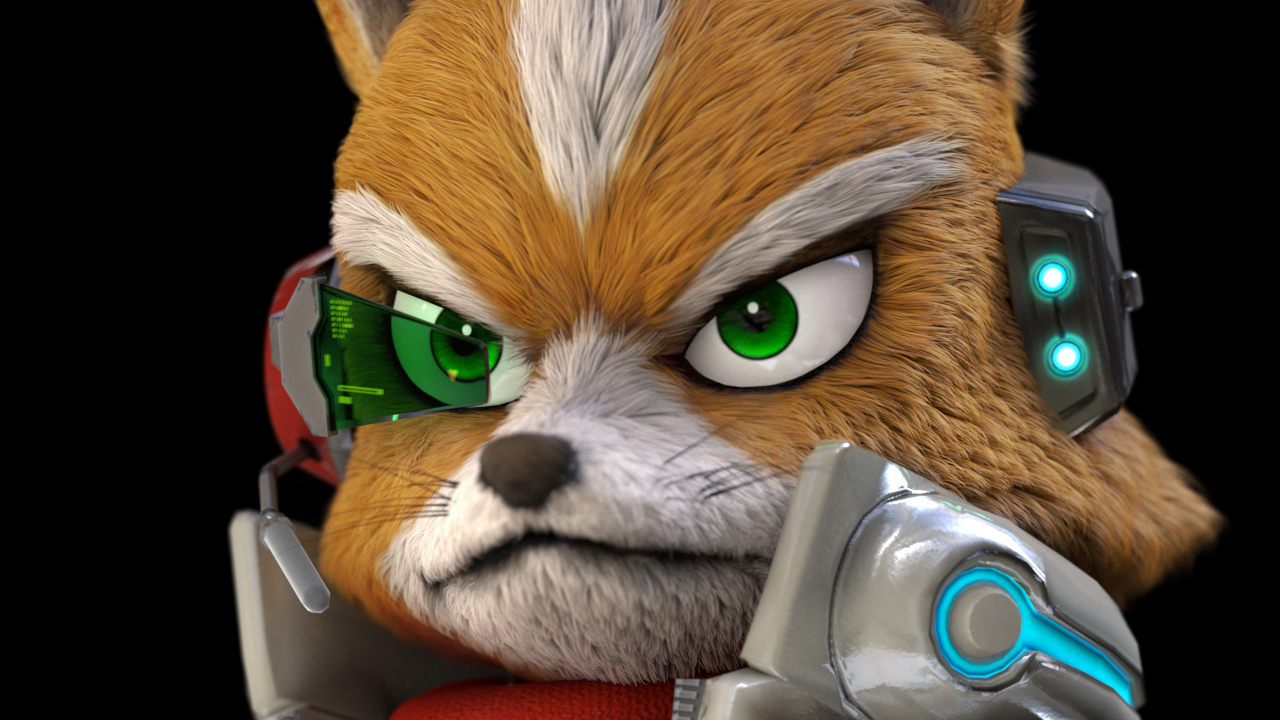
Star Fox is another Nintendo property whose cachet has eroded after a string of underwhelming games. It’s time for a new direction, and slapping Galaxy onto the title not only signals a willingness to expand the scope of the Star Fox franchise but also creates the deliciously intriguing possibility of a cross Nintendo-wide Galaxy brand.
Star Fox Galaxy would take all of the things Nintendo fans have loved about Star Fox since the 16-bit era, the cartoonish characters, light-hearted humor, and fast-paced action, and drop them into a vast open galaxy. Imagine a Star Fox game that was also a huge space sim, with missions and trading and exploration, and that also included some RPG-lite progression with skill trees and ship and weapon upgrades. Just exploding the scale of a traditional Star Fox game immediately makes it much more engaging, and done (and marketed) properly it’s the kind of ambitious project that could prove to be the Switch’s killer app.
Weekly digests, tales from the communities you love, and more
Animal Crossing: Stitch n’ Stuff
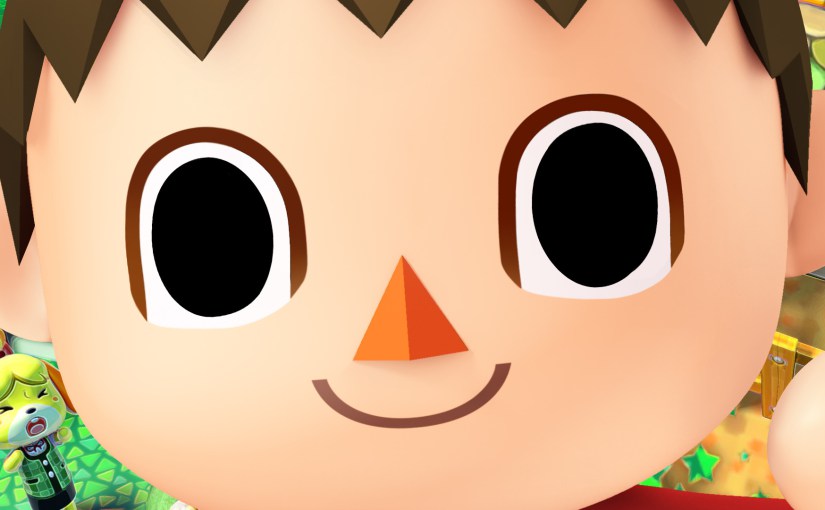
Animal Crossing is a property begging for the Switch treatment, the sort of game that’s always been split between home consoles and handhelds. Dropping it on the Switch means all of the maintenance stuff you need to do at specific times in an Animal Crossing game can be easily taken care of wherever you are, but that you also have the option of settling in for a long session in front of the TV, designing your perfect town or satisfying your OCD in a frenzy of manic interior decorating. Animal Crossing has always been a perfect time waster when you need to burn ten or fifteen minutes, and a great new Switch version could potentially displace the mobile offerings we currently turn to in those situations.
Stitch n’ Stuff would also build on one of the best trends in Nintendo’s first-party offerings over the last few years, taking a crafting material (in this case the fur and cotton of stuffed animals) and building an entire game’s aesthetic about it. Making stuffed animal versions of all of the already adorable characters you interact with in Animal Crossing would add a layer of irresistible charm, and patterning the ground and buildings after a bedspread quilt would push it over the edge to nearly impossible levels of cutesy pizazz.
F-Zero: Turbo Apex
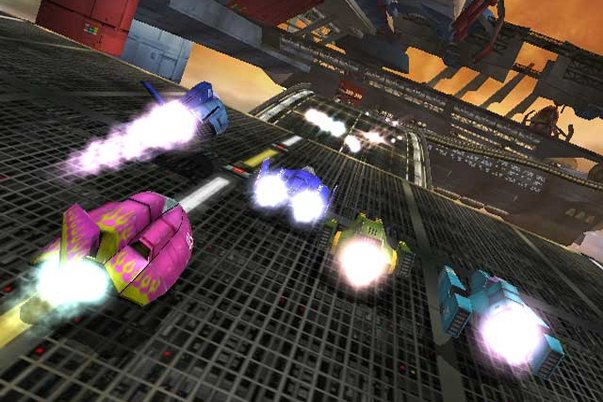
There’s nothing like a racing game (particularly a lightning-quick future racer) to round out a launch catalogue, and F-Zero is begging for a proper new entry. Though F-Zero Climax got ported to the Wii U Virtual Console in 2015, it was originally released in 2004 and represents the most recent F-Zero iteration.
Turbo Apex would take racers to an extreme dystopian future where they must race to survive. Forced to compete in a deadly tournament, the eponymous mode would feature explosive car combat with all the motion-blurred velocity and sleek future hypercars that made F-Zero one of the most beloved Nintendo properties way back in the Super Nintendo days.
Third-party thrillers
Obviously first-party games will be the focus, and will mostly likely be the primary system sellers. But that doesn’t mean Nintendo should abandon its third-party partners. No console, not even one of Nintendo’s, can survive without at least some nominal third-party support, and it has an (oft-forgotten) history of locking up the occasional surprising exclusive. While it’s going to be a tough road convincing serious gamers that the Switch is the only console they’ll need, a couple of third-party heavies would go a long way towards justifying a purchase for someone who already has a PS4, XBox One, or both.
Bayonetta 3
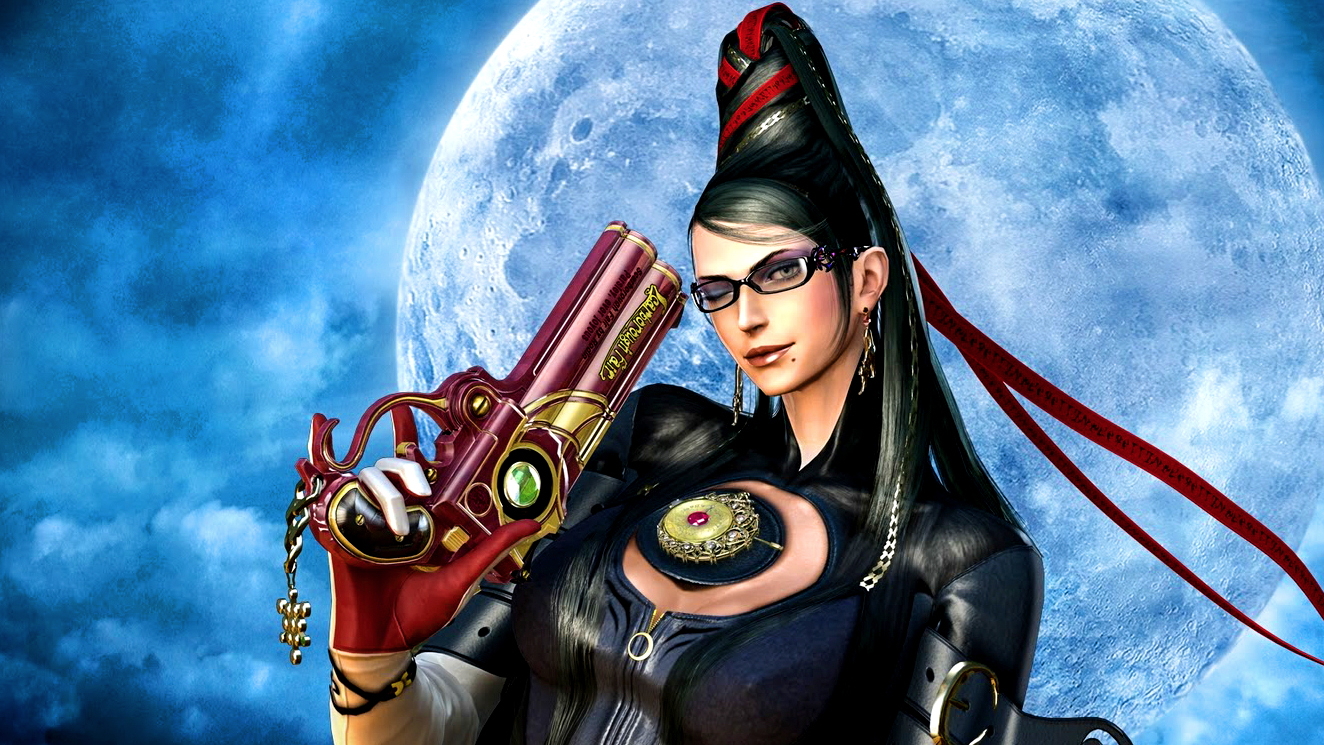
As bizarre as it was to discover that Bayonetta 2 was a Nintendo exclusive, it went a long way towards convincing me that I needed to own a Wii U. A (properly promoted) follow up in the same mold, with all its over-the-top action and adult themes, would go a long way towards convincing both the hardcore and a more casual mainstream that the Switch isn’t just a console for children. And Bayonetta 3 doesn’t need to break the mold or redefine the genre; that kind of frenetic action and those ridiculous, explosive, fevered set pieces basically sell themselves.
Castlevania: Caricature of Chaos
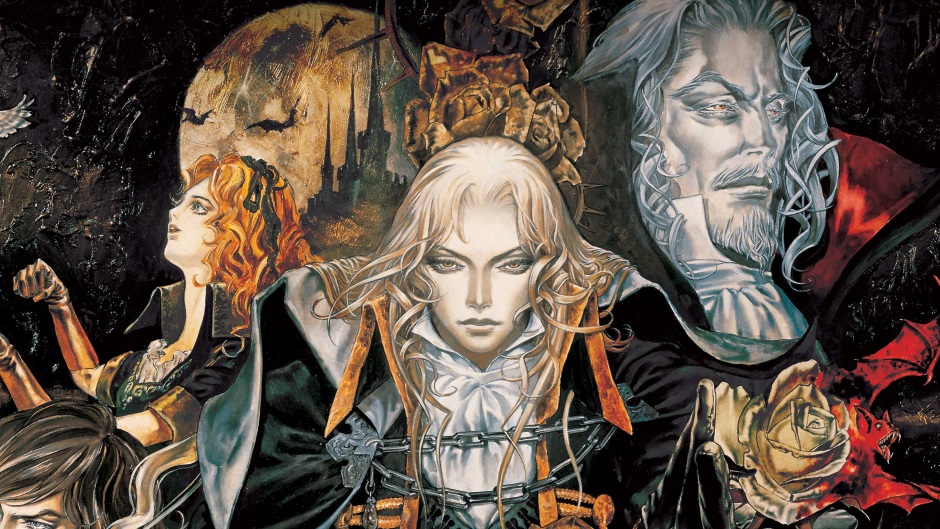
Full disclosure, I just picked that title out of a hat, which seems to be in line with Konami’s naming conventions where Castlevania is concerned. But taking this series back to its Nintendo roots and giving us a great two-dimensional Castlevania in the Symphony of the Night mold would do a lot not just for the Switch but for Castlevania as well. After Konami blew the promise of the first Lords of Shadow game with its deflated balloon of a sequel, that franchise needs a shot in the arm. In fact, if Konami really wanted to capitalize on the Castlevania golden days, they could go all the way and just call the Switch game “Castlevania: Symphony of the Night 2.”
Nintendo’s in a position now where it really behooves that company to swing for the fences. After the Wii U withered on the vine, and given that they now have a backup position with their ridiculously popular mobile offerings, they need something on the order of a bold experiment. While the design of the Switch seems to fit the bill, its catalogue desperately needs to follow suit. Pay attention, Nintendo: no one wants to see you enter the “exciting next phase” as exclusively a software developer.
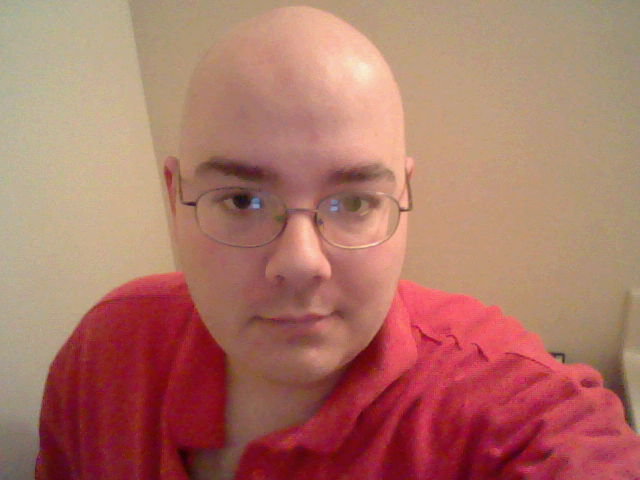
Alan Bradley was once a Hardware Writer for GamesRadar and PC Gamer, specialising in PC hardware. But, Alan is now a freelance journalist. He has bylines at Rolling Stone, Gamasutra, Variety, and more.


